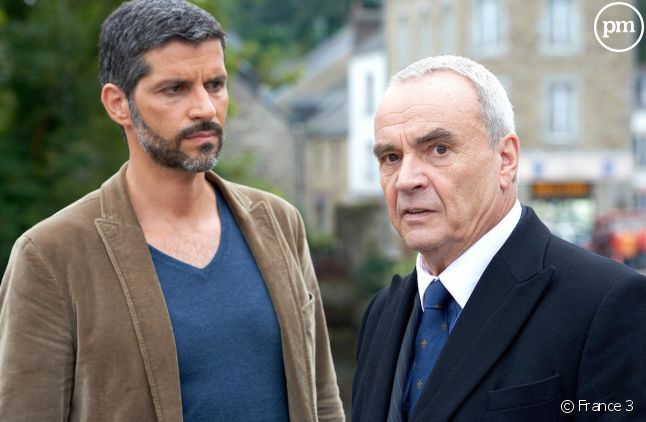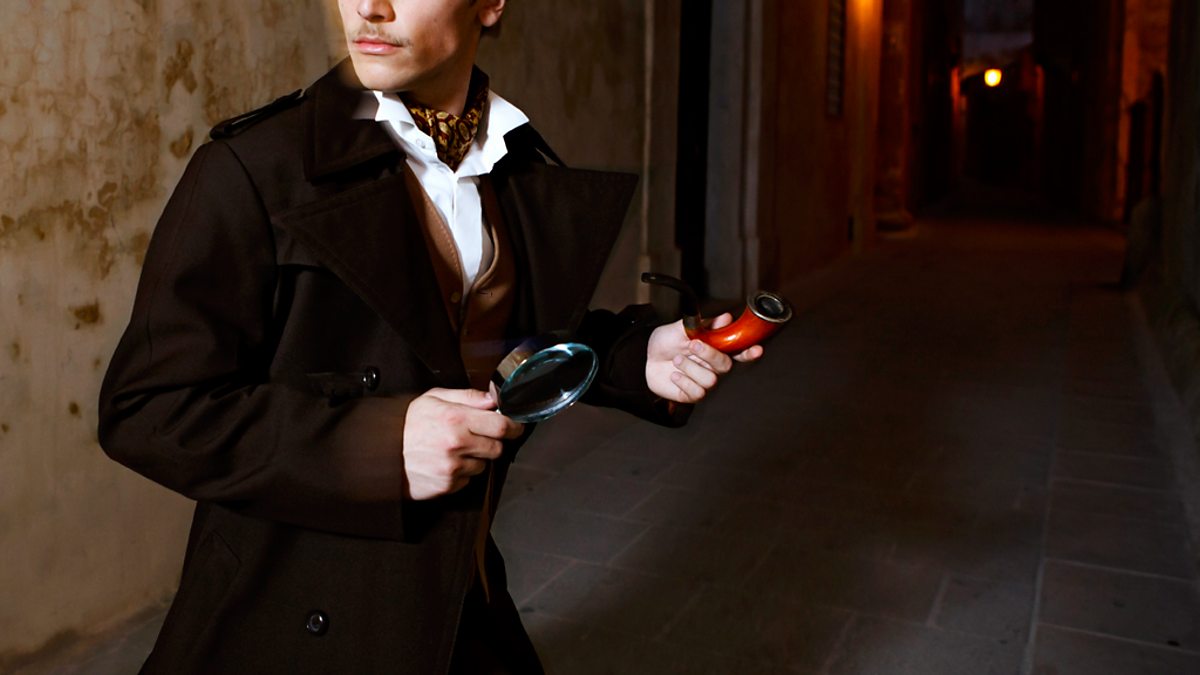
Bannalec’s mysteries are both well crafted and impossible to read without wanting to use them as guides for future trips to the region."- Booklist (starred review) The plot ticks along nicely, aided and abetted by Bannalec’s tantalizing descriptions of Dupin and Claire’s sightseeing and feasting. "The huge, variegated pink granite formations surrounding a beach resort in northern Brittany provide haunting atmosphere and a gripping climax to this sixth Brittany mystery starring Georges Dupin. Armchair travelers and gourmands alike will appreciate visiting this region of Brittany."- Publishers Weekly The original story does not directly address the Queen, King, and Chancellor, but it does center a royal family."Series fans will enjoy seeing Dupin’s relationship with Claire deepen.Realizing that Dupin has tricked him and recovered the letter, The Chancellor then crumples the replica letter in fury. As Claude and Dupin celebrate, the Chancellor back home opens the letter, only to find Dupin's signature on it.

While the Chancellor is distracted by someone shooting at his house with a pistol (actually someone paid by Dupin to cause a disturbance in the streets), Dupin - having memorized the location of the letter - carefully stole the letter, and replaces it with one almost identical to it exteriorwise, saving the Queen from further blackmail, and positioning her to make the Chancellor pay for his crimes. Dupin reveals that he devised a plan that he had forgotten something from the day before, and returned to the Chancellor's home. It is also revealed that the letter was written in the Chancellor's hand, and bore his seal.Ĭlaude asks Dupin how he stole the letter away from the Chancellor's home. When Dupin arrived at the Chancellor's house for a social visit, he scanned the room and found the letter in a card rack. Claude then asks how Dupin was able to find the letter, to which Dupin reveals that he used logic: when the police searched the Chancellor's home, they believed that the Chancellor would have hidden the letter in an out-of-place location, but because the Chancellor was also a poet, he was also a creative thinker, so he actually hid it out in the open. The Chief Inspector then leaves to take the letter to the Queen. Dupin then tells the Chief Inspector to write the check, because he has found the letter, and produces it to him. The Chief Inspector returns a few days later to Dupin's house, with no luck finding the letter, and wishes that he could pay 50,000 francs to whoever found. Dupin then asks the Chief Inspector for a thorough description of the letter, and the Chief Inspector ponders that the letter must be there somewhere. When Dupin's butler Claude suggests that he carry the letter with him, the Chief Inspector dismisses this as his men - disguised as thieves - have searched him thoroughly with no such luck. The Chief Inspector tells him about their thorough searches, but finding nothing in the process. The Chief Inspector then gives Dupin a blueprint map of the Chancellor's home, with marks to indicate where they had searched.ĭupin wants to know more about their searches conducted at the Chancellor's house.

The Queen ensured her trust in the Chief Inspector and the Paris Police to find the letter before its contents are revealed, but every time they searched his home, they could not find the letter.Īfter the Chief Inspector finishes his story, Dupin suspects that the Chancellor is blackmailing the Queen to keep quiet for his personal and political gains. However, the Chancellor of France - recognizing the handwriting and seal on the letter - had noticed her suspicious behavior, and cleverly stole the letter while the King was distracted. Months prior to the events of the story, the Queen of France had recieved a letter that she did not want her husband, the King of France, to know about. The Chief Inspector tells Dupin that the case that he requires help on is very simple but perplexing, and also extremely delicate, so they must keep it a secret. Auguste Dupin, a detective who has just solved the Murders in the Rue Morgue. The Chief Inspector of the Paris Police arrives at the home of C. The story takes place in 1831 in Paris, France.


 0 kommentar(er)
0 kommentar(er)
